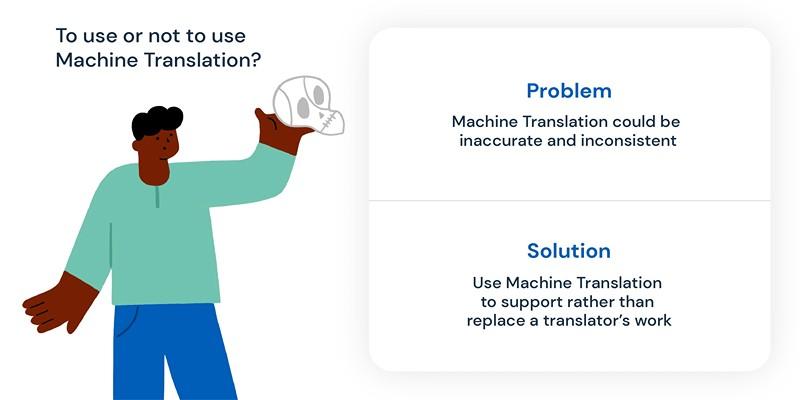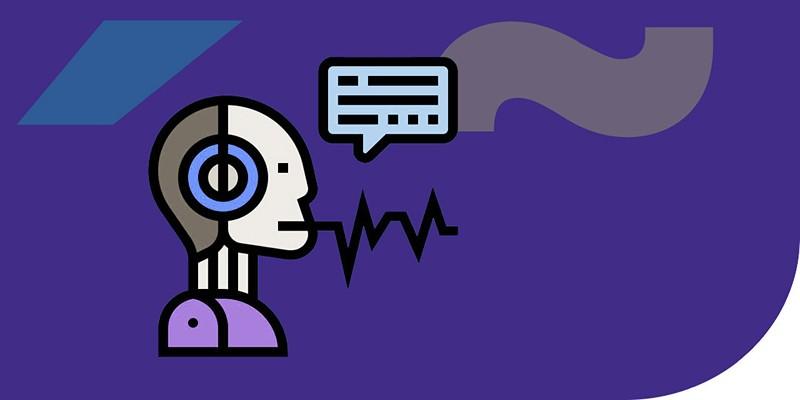Machine translation is the process of using computers to translate text from one language to another. It has been in development for decades, evolving from simple rule-based systems to advanced neural networks. While modern translation tools can produce fast and understandable results, they still struggle with accuracy, cultural nuances, and complex sentence structures.
Machines have a hard time understanding language because words can mean more than one thing, spelling rules aren't always the same, and cultural background affects how people talk to each other. Even though artificial intelligence (AI) has come a long way, machine translation still has a long way to go. This post talks about how translation technology has changed over time, the problems it faces, and what the future holds for machine-based language exchange.
The Evolution of Machine Translation
Machine translation has gone through several stages, each with its strengths and weaknesses. From early rule-based systems to neural networks, developers have tried to improve translation accuracy.
Rule-Based Machine Translation (RBMT)
RBMT was the first approach to machine translation. It used dictionaries and rules of language that had already been set. These systems worked well for structured sentences but struggled with idioms, slang, and grammatical variations. Since languages do not always follow strict rules, translations often sound unnatural.
Statistical Machine Translation (SMT)
SMT was better than RBMT because it used a lot of translated text to look for trends. It looked at how words were used together instead of following language rules. The changes were smoother with this method, but there were still issues with language and context.
Neural Machine Translation (NMT)
NMT is the most advanced method used today. It employs artificial intelligence and deep learning to understand and generate translations. Unlike SMT, which translates phrase by phrase, NMT considers entire sentences, making translations smoother and more natural. However, even with AI, challenges remain.
Key Challenges in Machine Translation

Despite major improvements, machine translation still struggles with several issues that make perfect translation difficult.
Lack of Context Understanding
Languages are complex, and words can have multiple meanings. For example, the word "bank" can refer to a financial institution or the side of a river. Humans use context to understand the meaning, but machines often make mistakes in such cases.
Idioms and Cultural Expressions
Idioms and cultural expressions are difficult to translate word for word. Phrases like "break a leg" or "raining cats and dogs" do not make sense when translated literally. Machines often fail to interpret the intended meaning, leading to confusing translations.
Grammar and Sentence Structure Differences
Different languages have unique grammar rules. In English, adjectives come before nouns ("red car"), but in Spanish, they come after ("coche rojo"). Neural networks improve word order, but errors still occur, especially with complex sentences.
Gender and Formality Variations
Some languages, such as French and German, have gendered nouns and pronouns. Others, like Japanese and Korean, have different levels of formality. Machine translations often struggle to choose the right form based on context, leading to awkward or incorrect outputs.
Low-Resource Languages Struggle
Languages with less digital data, known as low-resource languages, receive fewer improvements in artificial intelligence models. While English, Spanish, and Chinese translations are improving, smaller languages like Basque or Xhosa still face significant issues.
Word Order and Meaning Preservation
Some languages place verbs, subjects, and objects in different orders. For example, in Japanese, a sentence might say "I apple eat" instead of "I eat an apple." Maintaining meaning while adjusting word order is a major challenge for translation models.
Lack of Real-World Knowledge
Humans rely on real-world knowledge to understand language. If someone says, "The Eiffel Tower is in London," humans immediately recognize the mistake. Machines, however, may not have this general knowledge and could produce incorrect translations without recognizing errors.
Data Bias and Ethical Issues
Machine learning models are trained on existing texts, which may contain biases. It can lead to translations that reflect gender stereotypes or cultural misunderstandings. Ethical concerns arise when translations reinforce harmful narratives or exclude certain dialects.
The Limitations of Machine Translation

Despite advancements, machine translation has limitations that affect its accuracy and reliability.
Lack of Emotional Understanding
Machines do not fully understand emotions or tone. Translations may sound robotic or fail to capture the intended sentiment.
Errors in Specialized Fields
Technical and medical translations require precise terminology. Machine translation can misinterpret jargon, leading to incorrect translations.
Dependency on Training Data
Neural networks learn from existing translations. If the data is biased or limited, the translations may be inaccurate.
The Role of AI and Neural Networks in Improving Machine Translation
While neural networks have improved translation quality, AI still has a long way to go.
How AI Learns Languages
AI learns languages by analyzing large amounts of text. It identifies patterns in word usage, sentence structure, and meaning. Over time, it improves by comparing translations with human-edited texts.
Advancements in Deep Learning
Deep learning techniques allow translation systems to process entire sentences rather than just phrases. It makes the readings sound more normal and correct. However, even with these improvements, errors still occur, especially in less common languages.
Challenges in AI-Based Translation
Despite AI advancements, certain issues remain. AI struggles with humor, sarcasm, and figurative language. It also lacks human intuition, making it difficult to fully capture the emotional tone of a conversation.
Conclusion
Machine translation has come a long way, evolving from basic rule-based models to sophisticated neural networks. While AI has greatly improved translation accuracy, challenges like context understanding, idioms, and grammar variations remain. The future of machine translation lies in continuous improvements in AI, better training data, and human-AI collaboration. As technology advances, we can expect more natural and accurate translations, but human oversight will still be necessary to ensure quality and cultural accuracy.
